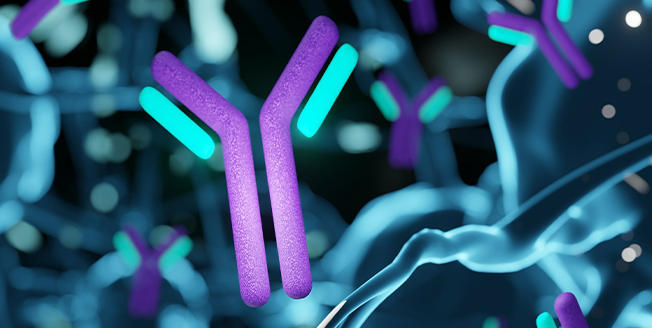
Cation exchange chromatography (CEX) is an excellent method of characterising the charge heterogeneity of biomolecules. This is also true for most commercially available monoclonal antibodies (mAbs). They are often IgG1- based and possess a high isoelectric point (pI) of usually ≥8. Therefore, CEX coupled with mass spectrometry (MS) is the traditional approach [1]. In contrast, anion exchange chromatography (AEX) has only been used for relatively acidic proteins.
However, for IgG4-based mAbs AEX may be an alternative approach. They possess a pI<8 and therefore CEX is less suitable. In addition, IgG4-based mAbs are becoming increasingly important. Already four IgG4-based mAbs are FDA-approved and at least six more candidates are in development [2].





